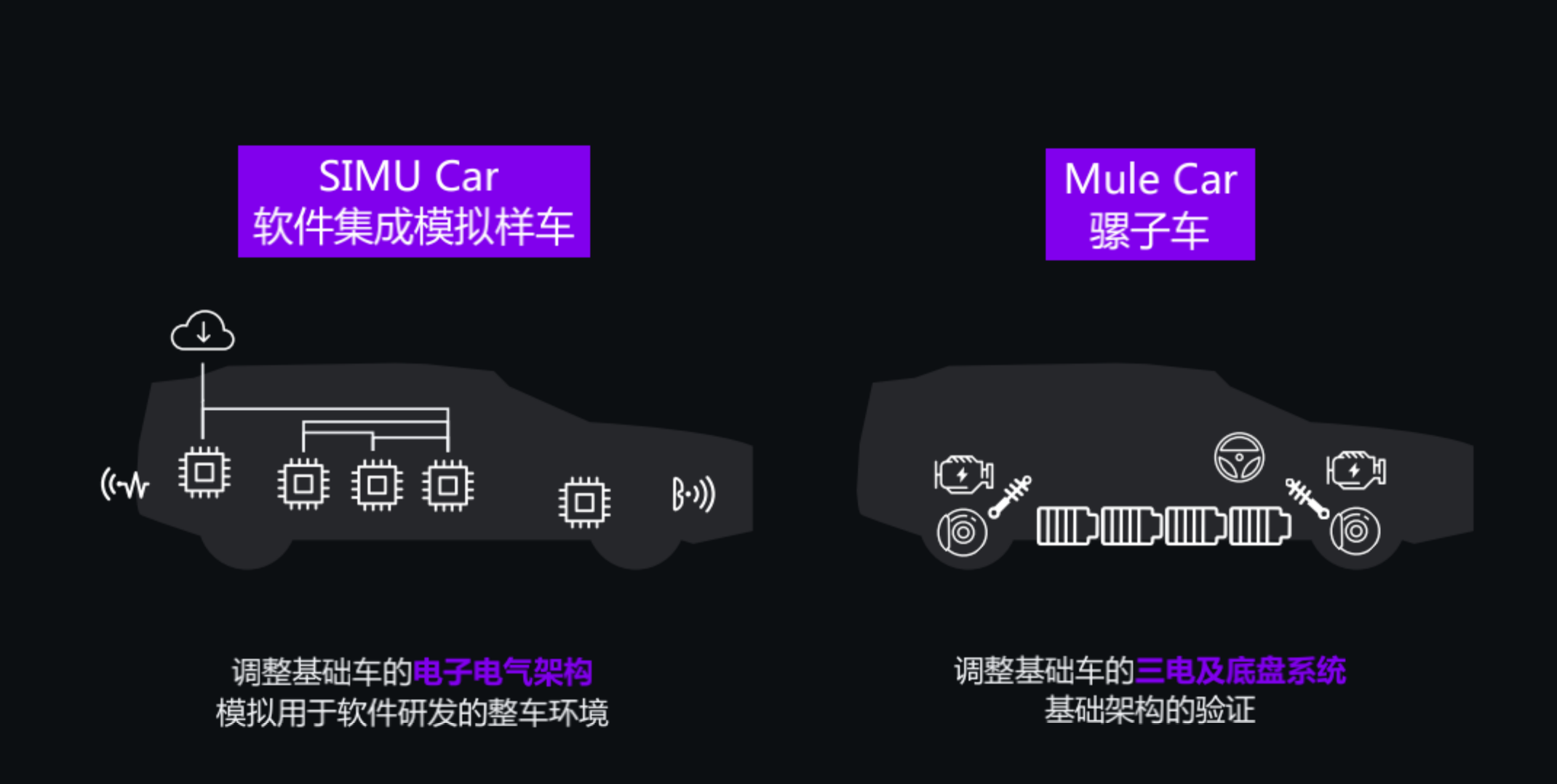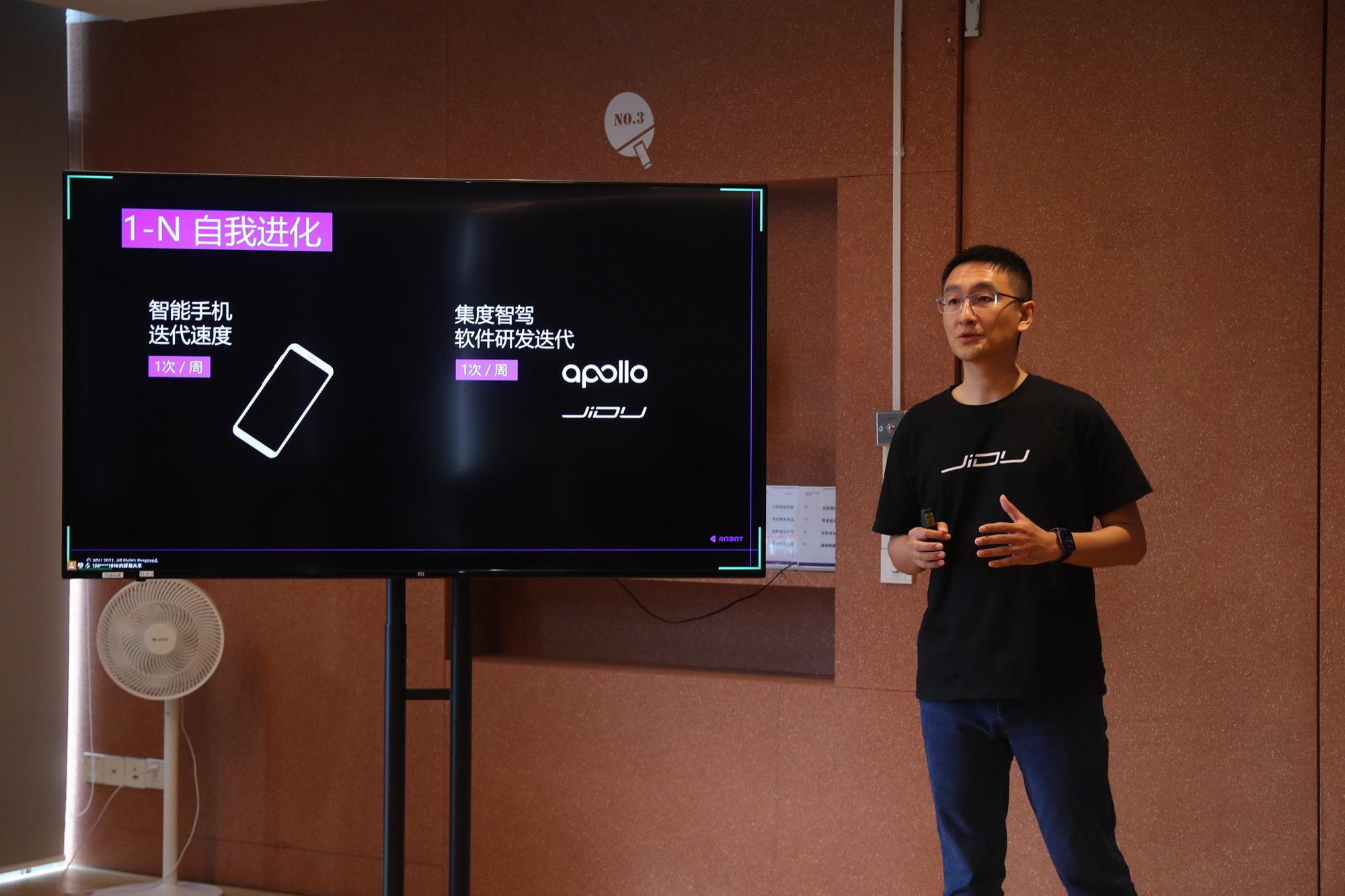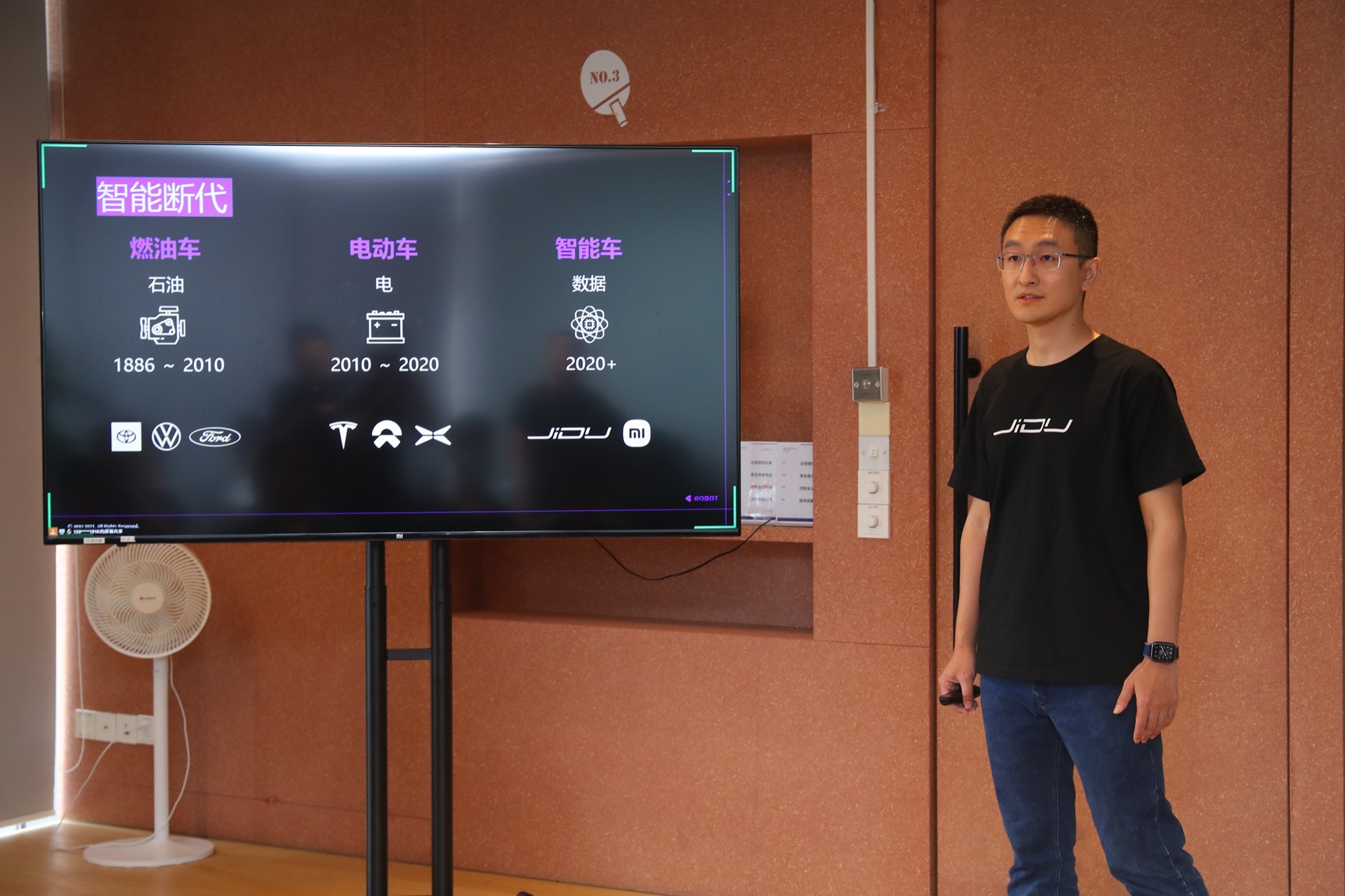At the front desk of the Jidu Automobile Shanghai office, there is a calendar board. Today is the 246th day since Jidu Automobile was established.
In this half year, they have completed the positioning and styling design of the first product, the slush model wind tunnel experiment, and the confirmation of the cooperation with the laser radar, etc. It seems that they have done a lot of things, and they are indeed making great progress.
Compared with other new car-making powers at the same stage, Jidu’s movements are absolutely not slow. Apart from the convenience brought by cooperation with Geely, software front-end development is also a major reason for improving efficiency.
How did Jidu become “fast”?
The SIMU Car, the packhorse of the intelligent vehicle era
According to Jidu’s timetable, they will release the demonstration of basic assisted driving capabilities, including high-speed and urban assisted driving, to the public at the end of this year.
From the time point of view, Jidu has been much faster than new car-making brands.
How did Jidu do it? Wang Weibao, the head of Jidu’s intelligent driving division, said that the reason why Jidu is so fast is that they decoupled the software and hardware of the SIMU Car, developed the software in advance, and ensured that the assisted driving system would be delivered to users together with the vehicle.
In other words, the software and hardware of Jidu’s first car were developed separately.
In the traditional automotive era, we call the vehicles at the chassis validation stage a packhorse. In the intelligent vehicle era, software development accounts for a relatively large proportion. If we develop the body and hardware first and then develop the software, the entire cycle will be very long.
Therefore, the SIMU Car, which stands for the software integrated simulation car, is the decoupling of software development from hardware development, and the software development process is advanced to improve development efficiency. It ensures that the software system can also be delivered with the vehicle at the time of delivery.
Jidu’s SIMU Car is currently in the first phase, during which the main task for Jidu is to sort out and develop algorithm logic. The development rhythm of Jidu’s internal assisted driving software is based on iterations of one week per sample to ensure rapid capability improvement.
After three months, the SIMU Car will enter the second phase, and assisted driving will move into mass production. This is why Jidu dares to demonstrate the basic assisted driving capability to the public before the end of the year. After that, Jidu’s goal is to enter the mass production sample vehicle stage, endowing the system with self-learning capabilities to achieve rapid iteration and growth.

 SIMU Car owes its fast development to the roles played by Geely and Baidu.
SIMU Car owes its fast development to the roles played by Geely and Baidu.
Geely’s first product is based on the SEA architecture and makes it possible to make quick changes to the chassis to meet L4 requirements without having to alter traditional cars.
At the application layer, Geely also leverages the latest full-stack capabilities of Baidu Apollo and AI ecology, and aims to create an electric architecture with L4 autonomous driving capabilities based on these two platforms.
From its software-driven approach to R&D and its current pace, Geely is moving forward steadily.
However, all users understand that the basic assisted driving functions of today’s leading new players have already reached a mature level, and their market size is gradually expanding. Geely needs to come up with more hardcore technologies and achieve better user experiences to surpass them on the same track.
Through Geely’s PPT and interactions with the head of intelligent driving, Wang Weibao, we can also somewhat understand Geely’s views on the top three new players.
Born in the Age of Smart Cars
In the PPT presented on site, Geely classified cars according to their driving methods. Volkswagen and Toyota, the first category, are oil-driven or traditional cars, as we understand them.

Controversy arises in the last two categories, where Geely places Li Xiang’s cars in the second category, which are all electric-driven vehicles, which is actually quite reasonable.
But Geely places itself and Xiaomi in the third category, which are driven by “data”. It’s worth noting that neither Geely nor Xiaomi has products on the market yet, so it’s a bit inappropriate to classify them as more advanced smart cars than electric cars by their implicit criticism of competitors.
However, Geely explained afterwards that they meant Li Xiang was born in the era of electric cars, while Geely and Xiaomi were born in the era of smart cars, and that distinction only refers to differences in birth era.
From this explanation, we can also see Geely’s philosophy on automotive transformation – in the age of intelligence, efficient electric drives can be easily achieved. However, collecting and processing vast amounts of data and ultimately optimizing their systems is the high ground that should be seized.
Geely has an excellent pair of “running shoes”
In this communication meeting, Wang Weibao, Geely’s head of intelligent driving, repeatedly mentioned that although Geely’s intelligent driving development started relatively late, with the iterative process of SIMU Car, they are confident that when the entire vehicle SOP is delivered, intelligent driving will also reach the level of an experienced driver.# The Confidence Comes From the Empowerment of Baidu Apollo
As a translator in the automotive industry, I am responsible for English translation, spelling checking, and phrasing modification. My job is to use more refined and elegant English to ensure that the meaning remains unchanged while answering correction and improvement, without explanations.
Baidu Apollo has been deeply involved in the autonomous driving business for many years, and its road test total mileage has reached 18 million kilometers, which is a precious resource for Jidu Auto. With the latest autonomous driving capabilities provided by Baidu Apollo, Jidu Auto will be empowered, and Jidu will also rely on Apollo’s latest capabilities to propose product design and product definition.
In addition, Jidu can freely access high-precision maps and the ANP architecture provided by Baidu Apollo. Jidu is like a rich kid born with a silver spoon in its mouth, with its father’s capital and resources at hand, and it depends on its own abilities to solve problems or jointly overcome them.
Geeley SEA’s vast architecture is also a brilliant example. This architecture has LEGO-like capabilities that can be flexibly modified to meet the requirements of autonomous driving electrical structure design. Moreover, the entire cooperation process is led by Jidu.
Just as an excellent athlete cannot do without a pair of suitable running shoes, for Jidu Auto, Baidu and Geeley are the running shoes under its feet.
The Ultimate Goal is Not Just Cars
In this communication meeting, we once again hear a familiar concept, which is also the opening remarks of today’s communication meeting. We believe that the future of smart cars is more like the mainstream form of intelligent robots or future robots, and it is more like a smart car. This sentence was proposed by Baidu CEO Robin Li at this year’s Baidu World Conference. In his view, the future form of robots is a car.
Today, Jidu Auto also repeatedly put forward this concept, which proves that whether it is Apollo or Jidu, their ultimate goal is to create a car-shaped robot with autonomous driving and intelligent interaction.
The goal of SIMU Car from 1 to N is to develop from a simulated concept car to a car robot, creating a travel robot, which is the ultimate goal of Baidu and Jidu.
As for what the future fully autonomous cars will look like, it is currently only in our imaginations, and no one can define it. But we can catch a glimpse of their imagination through the ultimate goals of Baidu Apollo and Jidu. Their car robots should be a very smart third space, where you can rest, work or study, and do whatever you want on the car, and it can also take you to your destination.
Is it not fast enough yet?
From 1 to N is a long process. Jidu’s top priority is to accelerate the landing of real cars and intelligent driving systems. Although Jidu has done a lot in the past 200-plus days, in the context of the monthly sales of over 10,000 for NIO and XPeng, especially XPeng’s consecutive sales of over 10,000, Jidu just walking fast is not enough; they need to run.Ever since its establishment, Jidu Auto’s communication with the outside world has not been very close, and the few voices that are heard are all directly conveyed to the outside world by CEO Xia Yiping through social media platforms.
However, communicating with the outside world in this way is unlikely to make a high-profile impact because not every helmsman has the silver tongue of Luo Yonghao, who can make shocking statements and attract lively discussions with just a piece of toilet paper-like article. Moreover, Jidu Auto has not delivered any products yet, so being ignored by the public is only natural.
In the eyes of the outside world, Jidu Auto also lacks clear labels and persuasive performances. Although Apollo has a deep accumulation, the Robotaxi system is still a bit “superior”, and although Jidu Auto is a technology company, it is always shrouded in a layer of mist between it and the users.
Starting from day 246, looking at the many days and nights ahead, Jidu Auto still has a lot to do.
This article is a translation by ChatGPT of a Chinese report from 42HOW. If you have any questions about it, please email bd@42how.com.
